GANGTOK: is capital and the largest town of the Indian state of Sikkim. It also is the headquarters of the East Sikkim district. Gangtok is located in the eastern Himalayan range, at an elevation of 1,650 m (5,410 ft). The town’s population of 100,000 belongs to different ethnicities such as Nepali, Lepchas and Bhutia. Nestled within higher peaks of the Himalaya and enjoying a year-round mild temperate climate, Gangtok is at the centre of Sikkim’s tourism industry.
Gangtok rose to prominence as a popular Buddhist pilgrimage site after the construction of the Enchey Monastery in 1840. In 1894, the ruling Sikkimese Chogyal, Thutob Namgyal, transferred the capital to Gangtok. In the early 20th century, Gangtok became a major stopover on the trade route between Lhasa in Tibet and cities such as Kolkata (then Calcutta) in British India. After India won its independence from Britain in 1947, Sikkim chose to remain an independent monarchy, with Gangtok as its capital. In 1975, after the integration with the union of India, Gangtok was made India’s 22nd state capital.
Darjeeling is a town and a municipality in the Indian state of West Bengal. It is located in the Lesser Himalaya at an elevation of 6,700 ft (2,042.2 m). It is noted for its tea industry, the spectacular views of Kangchenjunga, the world’s third-highest mountain, and the Darjeeling Himalayan Railway, a UNESCO World Heritage Site. Darjeeling is the headquarters of Darjeeling district which has a partially autonomous status within the state of West Bengal.
The development of the town dates back to the mid-19th century, when the colonial British administration set up a sanatorium and a military depot. Subsequently, extensive tea plantations were established in the region, and tea growers developed hybrids of black tea and created new fermentation techniques. The resultant distinctive Darjeeling tea is internationally recognised and ranks among the most popular of the black teas
Darjeeling has several British-style public schools, which attract pupils from India and neighbouring countries. The varied culture of the town reflects its diverse demographic milieu consisting of Gorkhas, Bhutia, Lepcha and other mainland Indian ethno-linguistic groups. Darjeeling, with its neighbouring town of Kalimpong, was a centre of the Gorkhaland movement (Separate State demand within India) in the 1980s. The town’s fragile ecology has been threatened by a rising demand for environmental resources, stemming from growing tourist traffic and poorly planned urbanisation.



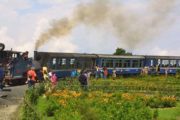
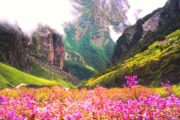
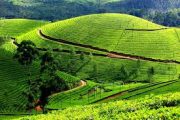

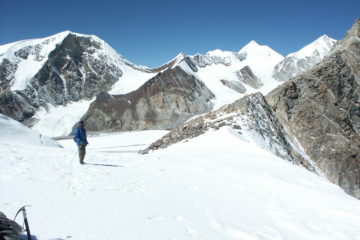

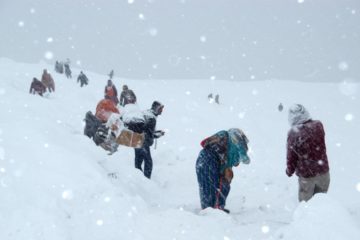
Tour Reviews
There are no reviews yet.
Leave a Review